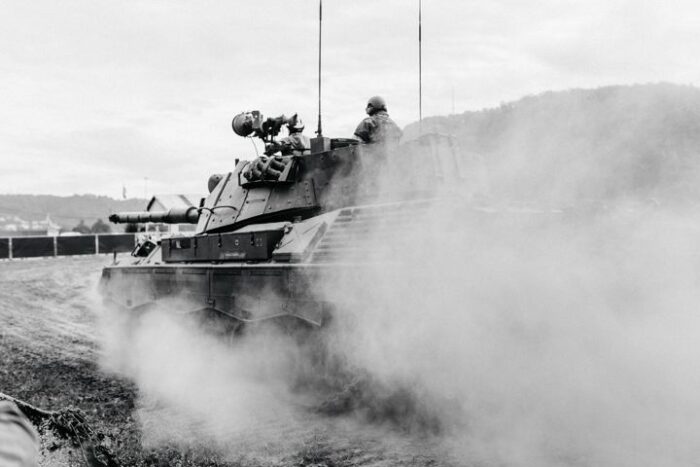
The study “The Russia-Ukraine conflict as a discursive continuum: A comparative study of Business Today and New York Times using an extended corpus-based discourse-historical approach” by Yanting Sun from Shanghai International Studies University used an extended corpus-based discourse-historical approach incorporating tools from critical discourse analysis and corpus linguistics to compare the coverage and framing of the Russia-Ukraine conflict in New York Times and the Indian Business Today.
The Russia-Ukraine conflict began in 2014 with the annexation of Crimea, but kicked into high gear in 2022 with the full-scale invasion of Ukraine by Russia. Since then, the conflict has shown no signs of ending, with casualties numbering in hundreds of thousands. Naturally, it is a highly covered conflict in international news.
The two questions the study asks, from the article, are: “(1) How do the media representations of the Russia-Ukraine conflict in New York Times and Business Today differ in their ideological framing and discursive strategies? (2) What linguistic means like metaphors, modal verbs and so on are employed differently across the two corpora to construct divergent narratives?”
The author used a discourse-historical approach (DHA), a subset of critical discourse analysis, as a theoretical framework. Media discourse, discursive strategy, and narrative are analyzed in the newspaper articles.
The data was corpora from Business Today and New York Times from 24/2 2022 to 24/11 2022 with the search terms Ukraine/Russia. A total of 338 articles from New York Times and a total of 476 articles from Business Today were analyzed.
The New York Times used more narratives and discourses that supported what the author terms as “NATO escalation” and presumably ignored, what the author claims as root causes of the conflict meaning NATO expansion (note: we at journalism research news do not agree with this claim on the root causes). In contrast, the Business Today framed the conflict more as an economic issue and avoided moral judgments.
According to the author, these diverging representations reflected different geopolitical interests and media systems. Thus, according to the author, the US based newspaper supported containment and Russia and sought to manufacture consent (Chomsky) for military aid and sanctions. The Indian newspaper in turn was more complex, as the country has ties to both Russia and the West.
The study demonstrated how modal verbs, rhetorical devices and ideological framing were used in the two different corpora, the one of New York Times and the one of Business Today. In conclusion, the author calls for critical interrogation of the discourses to envision more democratic and ethical communication.
The article “The Russia-Ukraine conflict as a discursive continuum: A comparative study of Business Today and New York Times using an extended corpus-based discourse-historical approach” by Yanting Sun is in Journalism. (free abstract).
Picture: Untitled by Kevin Scmid.
License Unsplash.